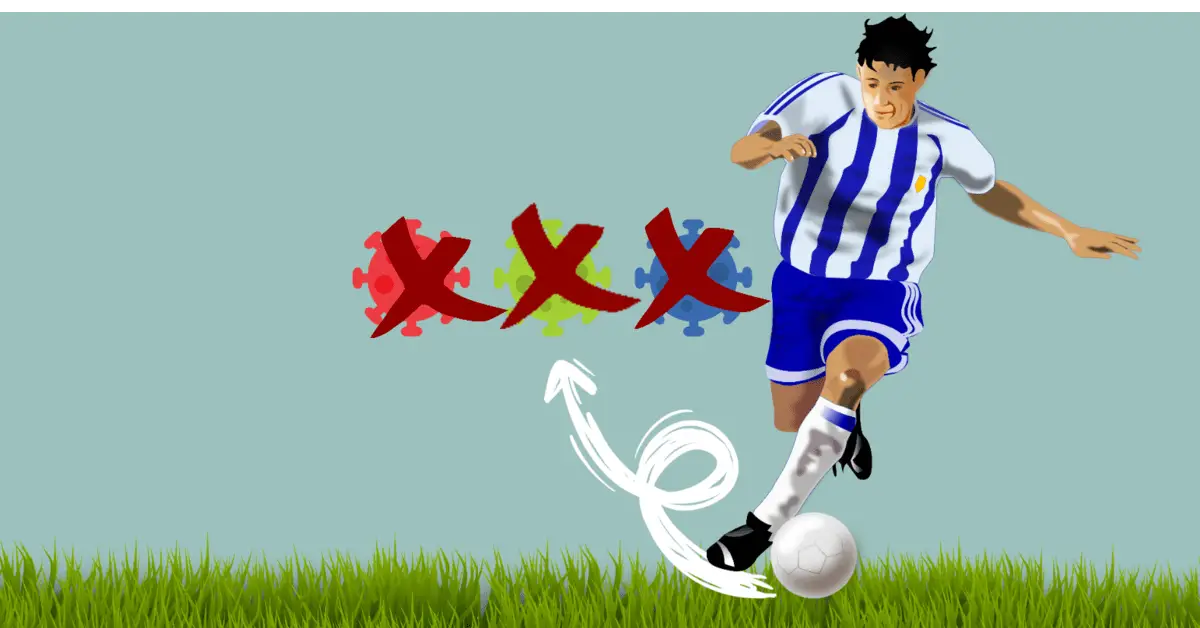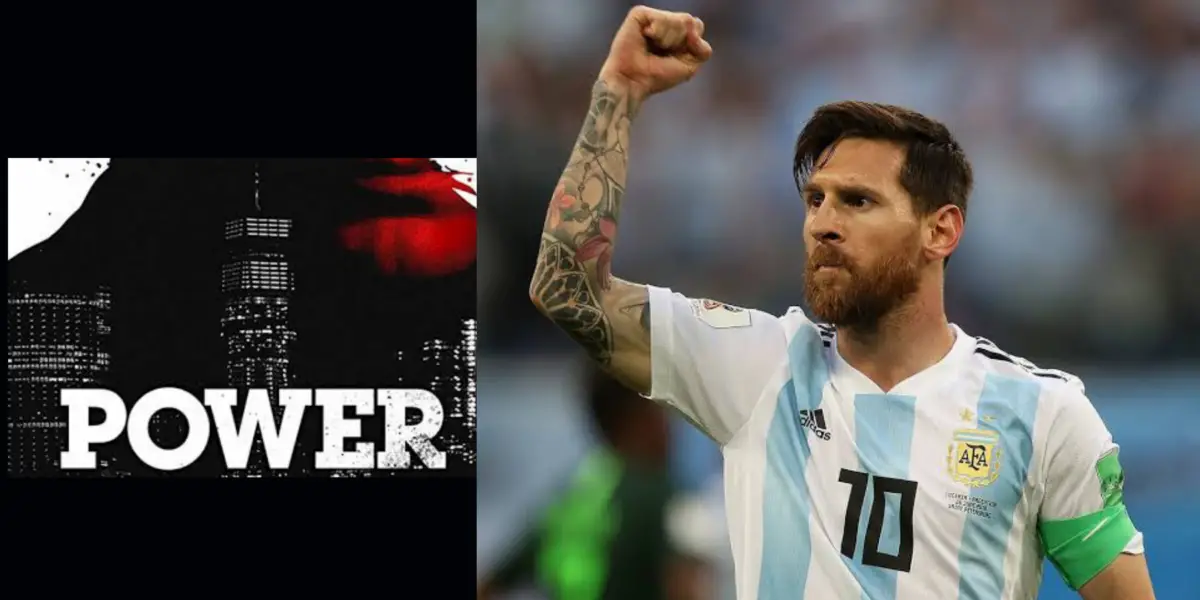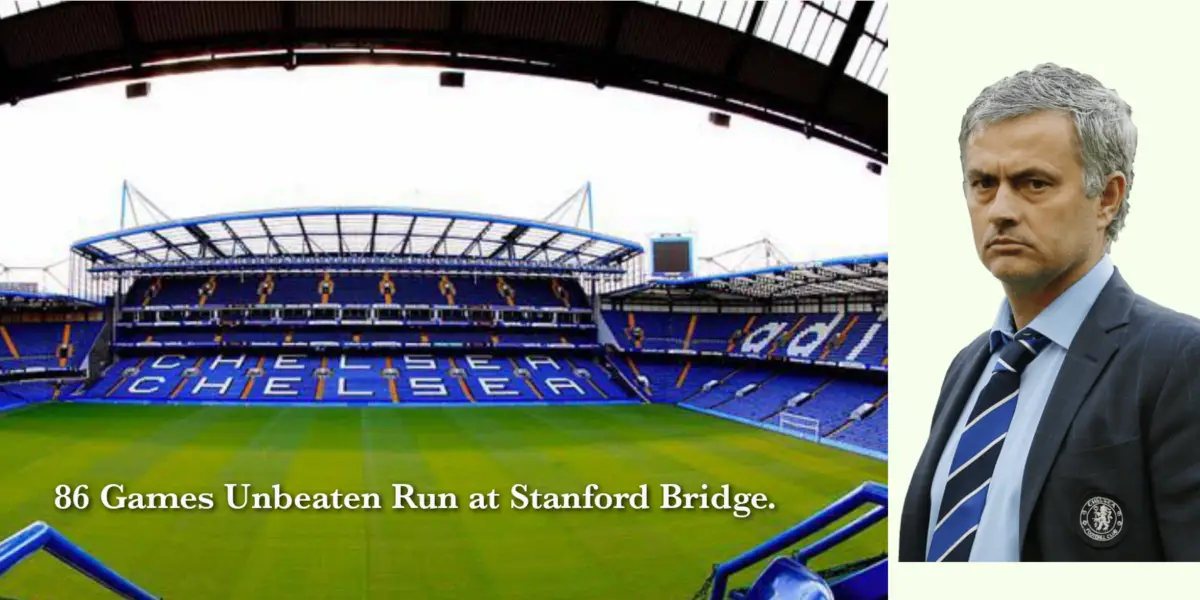There was a time when the sight of Brazil stepping onto the pitch was enough to send shivers down the spines of opponents. They played with an unmistakable swagger, a brand of football that blended skill, creativity, and dominance. The Seleção were football’s aristocrats, assembling squads that felt more like all-star teams than national selections. Icons like Ronaldo, Ronaldinho, Kaká, Lucio, and Marcelo made up a golden era that seemed endless.
But that aura is gone. The mystique has faded. The modern Brazilian national team, while still competitive, no longer carries the fear factor it once did. Their recent World Cup qualifier defeat (4-1) to Argentina was more than just a loss—it was a symbolic moment that underscored the team’s gradual decline. The world no longer looks at Brazil as an untouchable force. Instead, they are just another good team, no longer the footballing superpower that once ruled the sport.
The Golden Era Versus the Modern Squad
During its golden era, Brazil consistently produced teams that dazzled the world. The 2002 World Cup-winning squad, for instance, featured a constellation of talent with Ronaldo’s clinical finishing, Rivaldo’s creativity, and Ronaldinho’s magic weaving through defenses. In those days, the country wasn’t merely competing—it was setting the standard for global football. Fast forward to today, and while Brazil still fields recognizable names like Neymar, the supporting cast is markedly different. The modern roster is noticeably thinner in world-class talent. Although players such as Vinícius Jr. and Rodrygo have shown flashes of brilliance, they have yet to turn into the superstars who could shoulder the enormous expectations of Brazilian football.
This contrast is not just a matter of sentiment. When comparing the elite presence in Europe’s top leagues, the numbers tell a stark story. During the golden era, Brazil consistently contributed a remarkable number of players to Europe’s elite clubs—a testament to its unrivaled production of world-class talent. In recent years, however, that number has diminished considerably. Consider the following table:
| Period | Number of Brazilian NT Players in Top 5 European Leagues |
|---|---|
| Golden Era (2002) | 25 |
| Modern Era (2025) | 15 |
This decline in elite presence not only highlights the reduced depth of talent but also underscores a broader issue: Brazil’s domestic and developmental structures have not kept pace with global football’s evolving demands.
The Declining Talent Pipeline
Brazil’s downfall is not solely attributable to on-field tactics; it is also rooted in a declining talent pipeline. In the past, the Brazilian system nurtured prodigious talents who matured into global superstars. Today, however, there is a palpable gap between raw talent and its refinement. The domestic leagues, once the fertile ground from which legends sprouted, have lost much of their luster and competitive edge. This decline is reflected in the reduced number of players who break through to Europe’s top competitions.
Moreover, the pressure to export talent at an early age has had a double-edged effect. While it allows young players to experience high-level competition, it often results in premature transitions that leave them unprepared to shoulder the immense expectations placed upon them. In contrast, during the golden era, a longer period of domestic development allowed players to mature gradually before making the jump to Europe, ensuring they arrived as polished assets rather than raw prospects.
Tactical and Structural Issues in Modern Brazilian Football
Beyond the talent pool, Brazil’s tactical approach has fallen behind modern innovations. Historically, Brazil’s reliance on individual brilliance was a strength—a mesmerizing display of creativity that could break down even the sturdiest defenses. In today’s game, however, the reliance on a single playmaker, namely Neymar, has become a liability. Without a well-defined tactical system, Brazil often finds itself vulnerable to organized, disciplined opposition.
Comparatively, Argentina has adopted a modern, cohesive system under a tactically astute coach. This strategic shift has allowed them to integrate individual brilliance with collective efficiency—a balance that Brazil has struggled to achieve. The lack of a clear tactical identity in Brazil’s approach has resulted in inconsistent performances, both in qualifiers and major tournaments.
Can Brazil Recapture Its Former Glory?
Despite the current challenges, all is not lost for Brazilian football. The country still possesses an undeniable reservoir of talent, and there remains potential for a renaissance. What is needed now is a comprehensive overhaul of both player development and tactical philosophy. Emphasis must be placed on building a robust domestic league that can serve as a sustainable foundation for nurturing future talents. Additionally, modernizing the tactical approach to better suit the fast-evolving demands of international football is essential.
Brazil’s decline is not a question of talent alone—it is a systemic issue. With a renewed focus on long-term development and tactical innovation, there is hope that the Seleção can once again become a force to be reckoned with on the world stage. The lessons from recent matches, coupled with hard data and comparative analysis, suggest that a strategic pivot is not only necessary but possible. The challenge lies in bridging the gap between the glorious past and an uncertain future, ensuring that Brazil’s footballing legacy is not consigned to memory alone.
In the end, Brazilian football is at a crossroads. The memories of dazzling performances and unforgettable magic linger, but without decisive changes, those memories may soon be all that remain of an era when Brazil was synonymous with footballing excellence.





